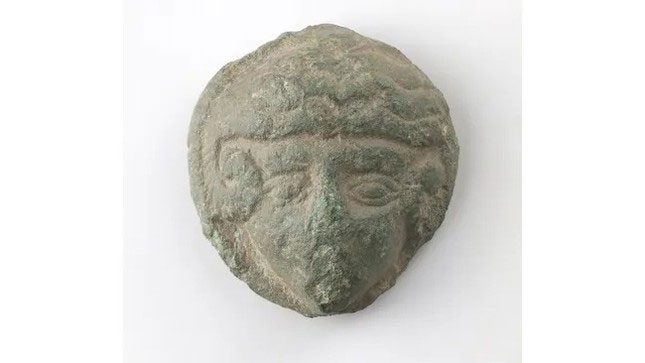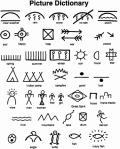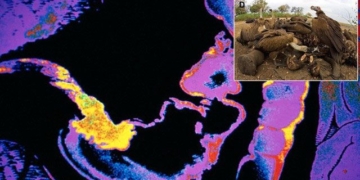Metal detectors have unearthed a miniature bronze portrait of Alexander the Great on an island in Denmark. The bronze portrait depicts Alexander the Great with wavy hair and a ram’s horn crown.

The bronze alloy portrait of Alexander the Great was found in a field in Denmark. (Image credit: M. Peterson, West Zealand Museum).
Finn Ibsen and Lars Danielsen discovered this while conducting a survey in a field outside Ringsted, a city on the island of Zealand in Denmark, and donated the artifacts to the West Zealand Museum.
According to the museum, this portrait is mounted, with a diameter of about 2.7 cm, cast in bronze alloy, and features the likeness of a man with wavy hair wearing a distinctive ram’s horn crown.
Based on the imagery, archaeologists immediately recognized it as the face of Alexander the Great, the legendary leader of the ancient Macedonian kingdom whose empire stretched from the Balkans to modern-day Pakistan until his death at the age of 32.

Portrait of Caracalla, who often emulated Alexander the Great’s style.
Freerk Oldenburger, an archaeologist at the West Zealand Museum, stated: “This portrait has typical features of Alexander the Great, such as the wavy hair and his distinctive ram’s horns. This image closely resembles another portrait found years ago with a similar stylized representation.”
Oldenburger further noted: “This portrait dates back to the time of Caracalla, a Roman emperor who reigned from 198 to 217 AD. We know that he was obsessed with Alexander the Great and viewed him as an inspiration.”
In fact, Caracalla admired Alexander the Great so much that he often dressed in a style reminiscent of him and believed himself to be the reincarnation of Alexander. Caracalla is also the only emperor depicted with a shield featuring the portrait of Alexander the Great.





















































